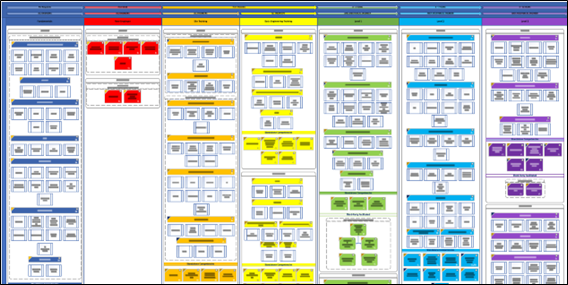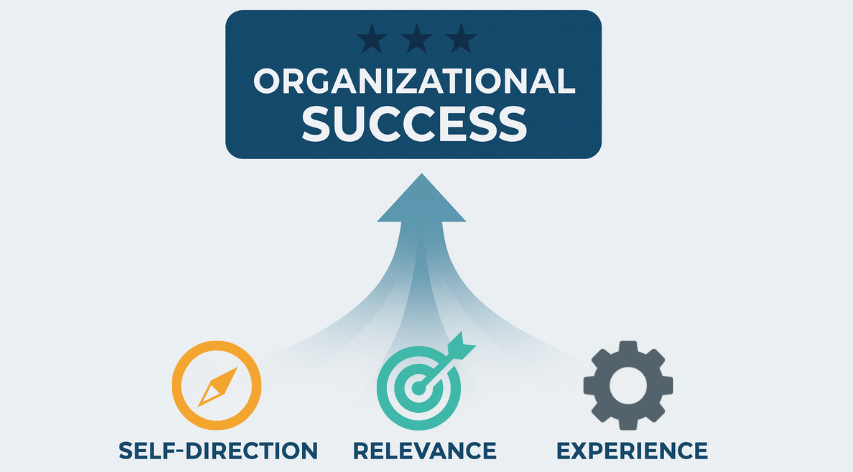Clear Career Progression: Key to Keeping Your Best Talent

Did you know limited advancement opportunities are among the top reasons employees seek new jobs?
While salary, benefits, and hybrid work options dominate retention discussions, unclear career progression quietly drives employee turnover. Employees don’t typically leave because they’re dissatisfied with daily tasks; they leave because they can’t see how their work contributes to future growth.
Organizations that implement structured learning pathways can significantly reduce turnover and increase employee satisfaction.
The Hidden Cost of Unclear Career Paths
According to the American Psychological Association, one of the most common reasons employees seek new opportunities is limited advancement potential. When workers can’t see a future in their organization and it’s unclear what “growth” looks like, they start looking elsewhere. This isn’t just about promotions or title changes; it’s about feeling like your work is building toward something. When that structure is missing, people disengage.
The challenge is especially felt in technical or specialized fields, where skill development can be complex. Without a map – a structured framework for how to advance from foundational to expert levels – employees are left guessing what matters and what doesn’t.
This sense of uncertainty can cause frustration. Tasks may get done, but without a sense of purpose, people start to stagnate. When another company offers that clarity through a well-defined development program or visible learning pathways, it’s no surprise that employees are tempted to jump ship.

That’s why more organizations are investing in structured learning pathways. Curriculum Maps are much more than a box-checking exercise; they’re meant to create clarity, show employees that their future matters, and allow them to take their development into their own hands.
When companies take the time to define the skills required for employees to move from one level to the next, it becomes easier for them to take charge of their own development. Learning pathways don’t just reduce turnover. They give people a reason to stay.
Why Structured Learning Pathways Work
Curriculum Maps visually outline essential competencies and skills, empowering employees to take charge of their professional growth. Learning pathways provide clarity, helping employees see exactly what they need to progress.
- Tailored Training Solutions: Our structured pathways are designed to meet the specific needs of each client, based on the specifications of your site and the positions that make up your teams.
- Industry Expertise: Becht’s specialists bring decades of experience in technical training and professional development to help guide the mapping process and ensure that your employees’ learning pathways are aligned with industry best practices.
Take the Next Step
Does your team need a structured training pathway? Becht Learning & Development is here to help! Contact us to discuss how we can support your workforce’s growth.
Like what you just read? Join our email list for more expert insights and industry updates.







